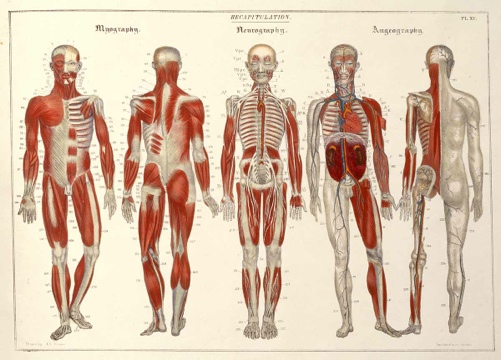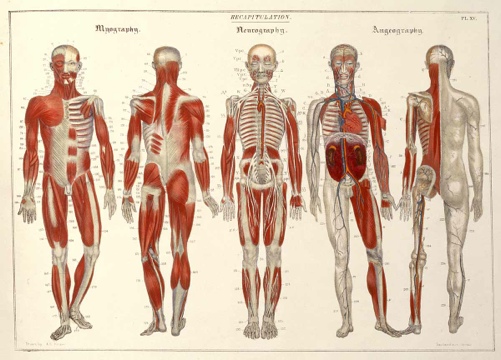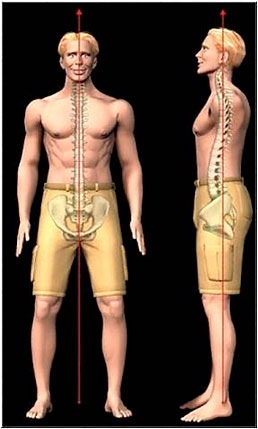The day finally came! The day I was looking forward to and dreading all at the same time. Great day to test my endurance and an unknown adventure. Nervous because I had not even ridden 100km ever before, never mind two days back to back.
So…this is how it went:
Diane picked me up at 6am. It was raining and cold, and dark. We loaded my bike into the back of her car and my big backpacking backpack into her trunk. We had no traffic and made it to the CNE for about 6:24am. When we got there, there was no rain and the sun was coming out between the clouds. Diane gave me a big good luck hug and I went off all alone.
I got my kit (bike identification and t-shirt) from the registration tent without hassle or line up. Some guy named Jason (our names were on our bikes), helped me figure out the chip that was to attach to my helmet. Everyone was so nice. Everyone was there for one purpose: get to Hamilton! My t-shirt was huge! But luckily the organizers had thought of everything. I went over to the “T-shirt Exchange Tent” and got an extra small. It fits perfectly.
I filled my water bottle and gatorade bottle up. Brought my backpack to the Ryder trucks. My gear went into the “Grey” Truck and would be brought to Hamilton for me – and again, no line ups. Sweet.
All set and ready, and still not raining, I went to the corral area with thousands of other riders (4800 in total), to wait for the Open Ceremonies. We found out that we had just raised $18.1 million and that this event was the single largest cancer fundraising event in Canadian history. Cool! 
We had a slow start as everyone of us had to file through pretty small gates to get out onto Lakeshore. All the lanes of the Lakeshore (west bound) were closed for us! We filtered out, chatted to neighbours, and enjoyed the flat ride. Once we got passed the main roads and into the side streets of Mississauga, there were a lot of cheer sections with signs that read “Thank You Riders”. Very inspirational and emotional. The riders started thinning out also, so it was easier to ride. We got into the country and it started to pour. So this was my first time riding in the rain, and it wasn’t so bad. Nothing changed really.
I was super tired now, it was really windy and the rain was a bit chilly after awhile. I didn’t stop at the “Pit Stops” (1) because it was so damp I was worried I wouldn’t get back on my bike and (2) I had it in my head that I couldn’t stop. After about 90km I felt really good and was very proud of myself. We went down a huge hill that winded around and onto a main road somewhere in Ancaster. Then the mountain. The Hamilton Mountain. It killed me! I went so slow while everyone that I had passed in the last 90k passed me right back. It was demoralizing, damp, cold, and my legs were shaking. Haha, that hasn’t happened in a long time. Finally I got to level ground (had the Sweep Car behind me) and rode like hell to Mohawk College.

The rain stopped around 3:30pm, I had a shower on a big tractor trailer, got some food, and got my tent. I lined up for a massage, and ended up with a physiotherapy student from McMaster. Worst massage ever, so I went back to my tent and took an Ibuprofen for my exhausted right quad. I took a nap and organized my tent. Most people were drying their clothes on top of their tents because it was so sunny and hot at this point. I found myself doing whatever everyone else was doing. I learn well from social learning!
There were hundreds of port-a-potties and running water for hand washing (we were spoiled). I had a hot meal for dinner and listened to the live band play fun 70s music. The speeches in the evening were from the directors of Princess Margaret Hospital, the Ride itself and cancer survivors/patients. The speeches were long enough to be meaningful (and were quite funny along side emotional) and short enough to keep our attention span.
After the speeches, I had half a cup of beer and chatted with some people I knew. Everyone seemed to filter towards the “Tent City” around 9:30 with most people in their tents by ten.

I had no trouble falling asleep, but stayed awake all night since I was in the snoring section. I was cold too for some reason. I made it through the night though, and wasn’t even sore the next morning!
Most of the camp was up at 5:30am, I tried to keep my eyes closed until 6am. I changed, ate a hot breakfast, brushed my teeth with running water at a vanity beside the shower trucks and filled my water bottles up. I left camp at 7:30am and had the ride of my life!
I had so much fun going down the big hill that previously destroyed my confidence. I then charged up the next hill with vengeance and passed many cyclist walking their bikes up the hill. My confidence was rising! I met more people along the way, but was trying to ride as hard as I could so that I could make up for a somewhat tough ride the day before. After getting through the hard parts within the first hour, I actually had a blast going through the rolling hills in Guelph and Milton. I was chasing other riders and getting passed by big groups working together.
I did stop at the lunch “Pit Stop” to refill my water and gatorade bottles, but turned down the “vegan chicken” that was offered to the vegetarians. I felt like a real snob!
The weather was perfect, I think I had beat the real heat and humidity so having clear skies and dry roads was a blessing. I got back into Mississauga riding with a group of 3 men. I eventually passed them on a hill (don’t ask how) and found another group along Lakeshore. We all worked together and got into Toronto. It was so fun to work with a small group, and being the token women, I felt I had to really work to earn my spot.
I rode as fast as I could up the hill near the Boulevard Club and into the CNE. I was so pumped to be finished but also at how well I thought I did. I have never been proud or happy with any athletic achievement.

But this day, mentally, I was so strong. I didn’t have the training, I had never done the distance, and I had no idea what to expect. I had a full glass of Steam Whistle this time and waited for my ride. I smiled the whole way home, showered, and promptly fell asleep on my couch for 3 hours!
Thanks to everyone who was there to support me. Thanks to those who sponsored me and those who encouraged me. 🙂
Day 1: 110km 4:37:00
Day 2: 102km 4:01:00 (but did 100k under 4 hours which was my goal!)
Check out my Bike Log for some of my rides leading up to this fun weekend. I will definitely be doing this again next year!!!
Jen Mark BSc., CAT(C), CSCS
www.dynamicliving.me















